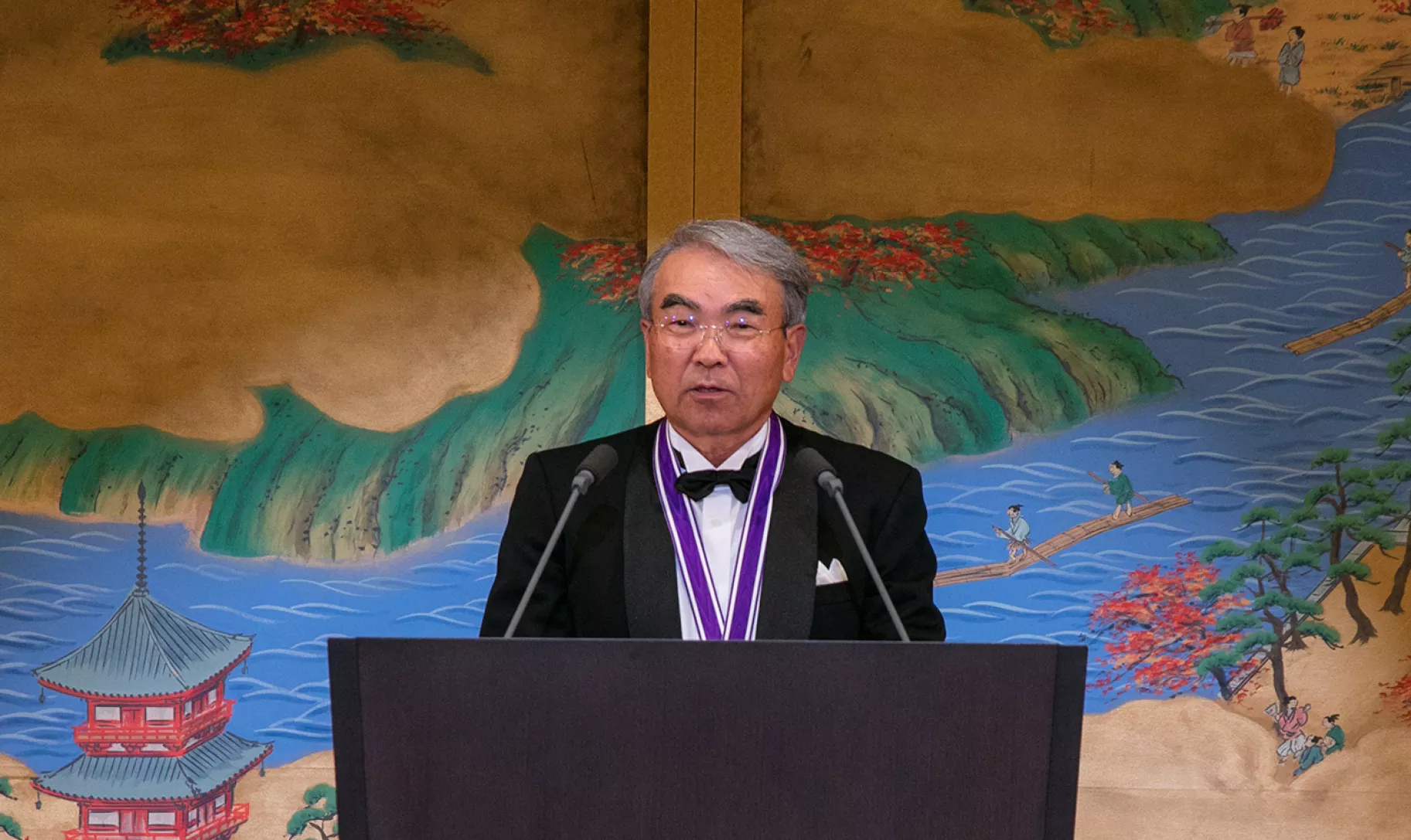For Dr Kanade, good research derives from solving real-world problems and delivering useful results to society. As a roboticist, he participated in developing a wide range of computer-vision systems and autonomous robots, including human-face recognition, autonomously-driven cars, computer-assisted surgical robots, robot helicopters, biological live cell tracking through a microscope, and EyeVision, a system used for sports broadcast. Dr Kanade will share insights into his projects and discuss how his “Think like an amateur, do as an expert” maxim interacts with problems and people.
Dr Takeo Kanade is the 2016 Kyoto Prize Laureate for Advanced Technology. The Kyoto Prize is an international award to honour those who have contributed significantly to the scientific, cultural, and spiritual betterment of humankind. The Blavatnik School of Government is pleased to host the Kyoto Prize Laureates as part of the inaugural Kyoto Prize at Oxford events.
The lecture is open to all and will also be livestreamed on the Blavatnik School of Government YouTube channel and on the homepage of this website.
Questions for Dr Kanade can be submitted in advance and on the day at: www.slido.com/Kanade
Registration is now closed.
Abstract
Most researchers, when asked their fondest desire, respond that they want to do good research. If further queried as to what constitutes “good research,” they often find it difficult to give a clear answer. For Dr Kanade, good research derives from solving real-world problems, thus delivering useful results to society, whereby researchers themselves enjoy doing so. Such research has its own story to tell, as well as power to persuade other people. “Think like an amateur, do as an expert” is his research motto: When conceptualising a problem and its possible solution, think simply and openly, as a novice in that field, without preconceived notions. When implementing a solution, on the other hand, do so thoroughly, meticulously, and with expert skill.
As a roboticist, Dr Kanade participated in developing a wide range of computer-vision systems and autonomous robots, including human-face recognition, autonomously-driven cars, computer-assisted surgical robots, robot helicopters, biological live cell tracking through a microscope, and EyeVision for Super Bowl broadcast. In these projects, he met and worked with many people from diverse backgrounds, and also encountered many challenges. While reviewing the technical content of these projects, he would also try to sprinkle anecdotal experiences that highlight the appealing and enjoyable aspects of a researcher’s life—those that occur accidentally or inevitably as his “Think like an amateur, do as an expert” maxim interacts with problems and people.
